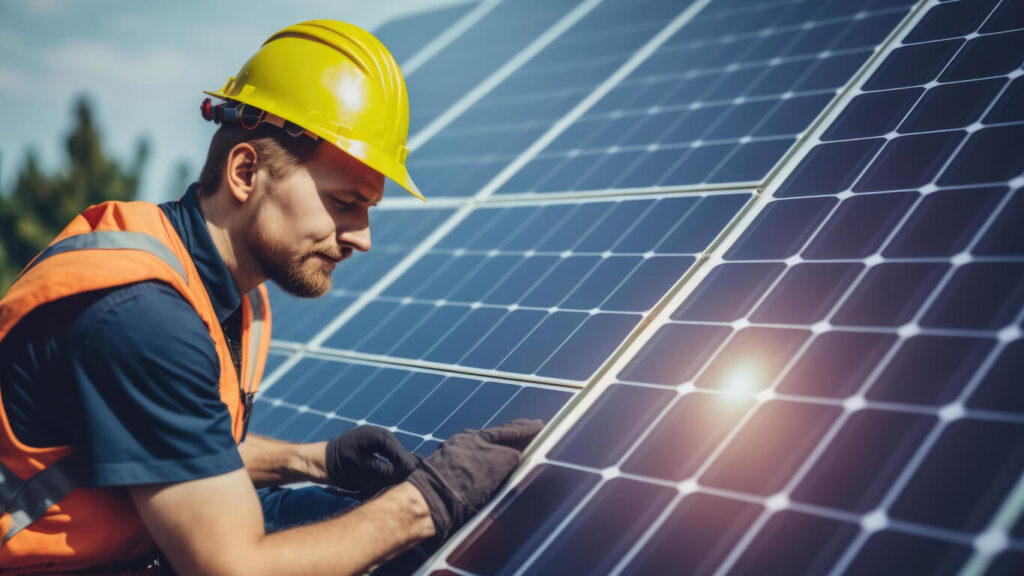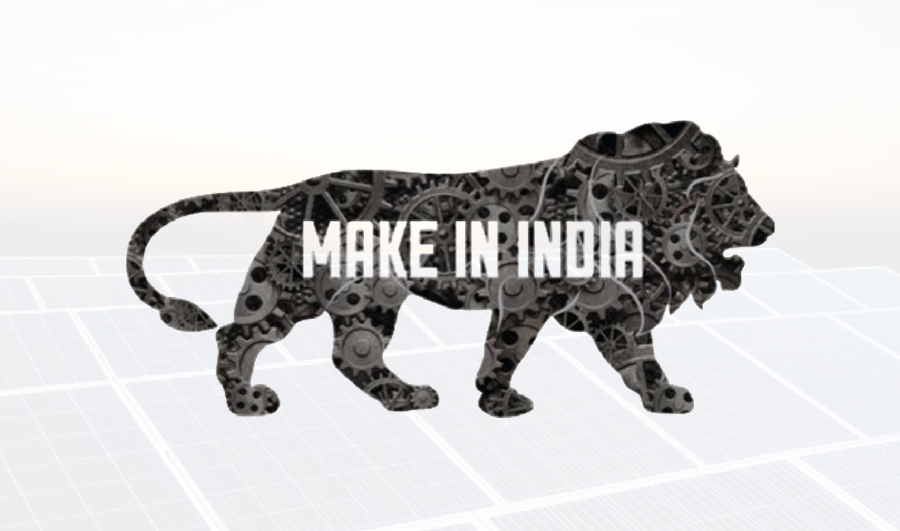Why Solar Panel Mounting Structures Matter for Maximum Solar Power Output
Solar panel systems are a smart investment for both residential and commercial energy needs. But to get the most out of your solar setup, the right mounting structure is crucial. These structures ensure stability, optimize sunlight exposure, and enhance the longevity of your panels.
Let’s dive into the essentials of choosing the perfect solar panel mounting structure in India.
Types of Solar Panel Mounting Structures in India
1. Roof-Mounted Systems
Roof-mounted systems are the most common choice for homes and businesses. They come in two primary types:
-
Fixed-Tilt Mounts: These hold the panels at a set angle, ideal for rooftops with a decent natural tilt.
-
Adjustable Mounts: These allow slight adjustments to improve seasonal sunlight capture.
2. Ground-Mounted Systems
If roof space is limited or shading is an issue, ground-mounted systems offer flexibility. They’re easier to maintain and clean, and they allow for larger installations.
-
Fixed Ground Mounts: Great for open, unobstructed areas.
-
Pole Mounts: Useful in smaller spaces or uneven terrain.
3. Tracking Systems
Tracking systems follow the sun’s movement, maximizing energy production.
-
Single-Axis Trackers: Rotate on one axis, usually from east to west.
-
Dual-Axis Trackers: Move on two axes, capturing sunlight more precisely throughout the day.
Key Factors to Consider When Choosing a Solar Panel Mounting Structures
1. Location and Climate
Your region’s weather plays a significant role. High-wind areas need robust, wind-resistant structures, while snow-heavy regions require designs that can handle weight and allow snow to slide off.
2. Roof Type and Condition
For roof-mounted systems, the type of roof (flat, sloped, metal, or shingle) impacts which mounting system fits best. Ensure your roof is in good condition before installation.
3. Sunlight Exposure and Shading
Assess the sun’s path and potential shading from trees, buildings, or other obstacles. Ground-mounted and tracking systems offer more flexibility in placement.
4. Budget and Efficiency
Fixed systems are more affordable, but tracking systems yield higher energy output. Consider the balance between upfront costs and long-term energy savings.
Installation and Maintenance
1. Professional vs. DIY Installation
While DIY kits are available, professional installation ensures safety, optimal angle settings, and structural stability. This is particularly important for complex systems like dual-axis trackers.
2. Maintenance Requirements
Ground-mounted and tracking systems are easier to clean and inspect than roof-mounted ones. Choose a structure that aligns with your maintenance capabilities.
Long-Term Durability and Warranty
1. Material Quality
Aluminum and stainless steel structures resist corrosion and last longer, especially in humid or coastal areas.
2. Warranty Coverage
A solid warranty (10-25 years) indicates manufacturer confidence in the structure’s durability.
Best Solar Panel Module Mounting Structures for ROI in India
Choosing the right solar panel mounting structure in India is key to maximizing energy output, ensuring longevity, and protecting your investment. Consider your location, roof type, budget, and maintenance ability before making a decision.
Ready to power up with solar? Select the best mounting structure, and watch your energy savings soar!



